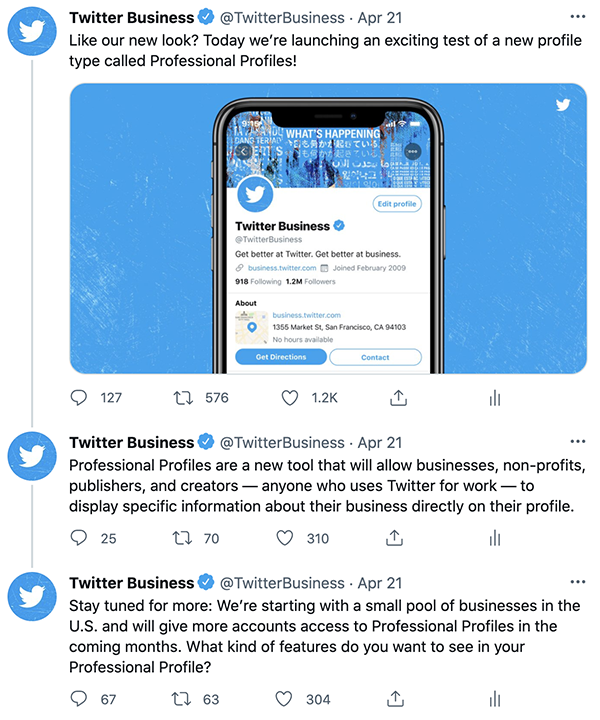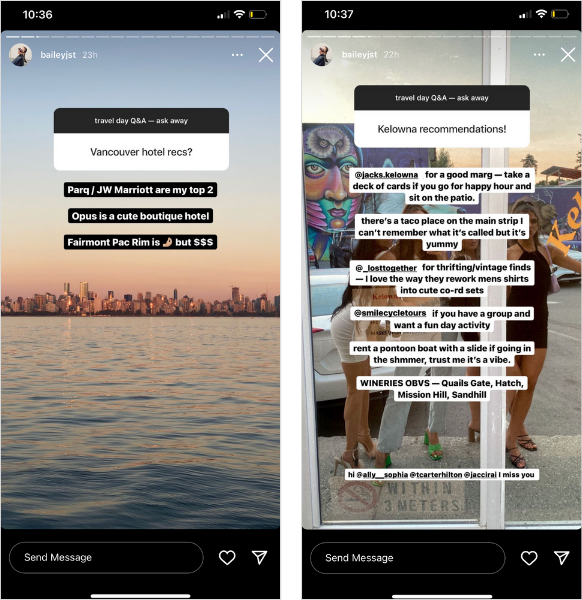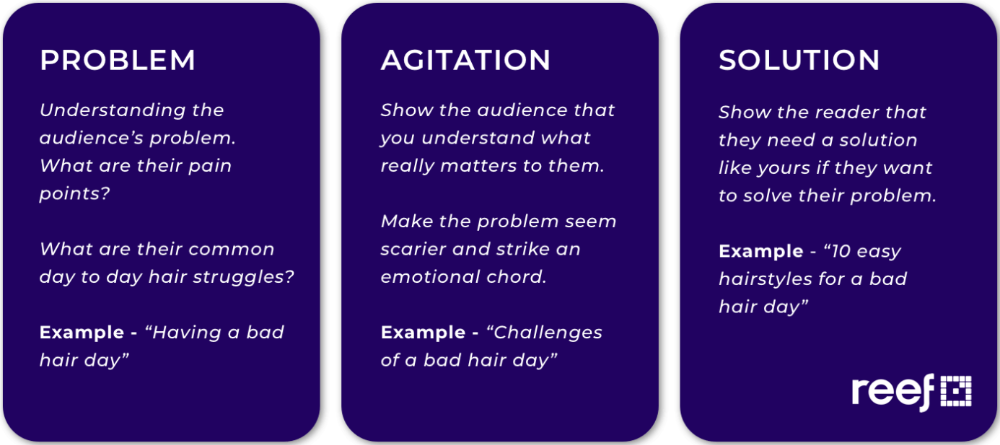How to Leverage Platform-Native Content to Grow Your SaaS Company

Are you looking for a way to increase visibility and brand recognition for your SaaS company?
Leveraging platform-native content is an effective strategy to help you reach more potential customers, build credibility in the market, and grow your SaaS business.
Platform-native content gives you access to the vast resources of a particular platform so that you can maximize its benefits.
In this article, we'll discuss what platform-native is and why it matters. We'll also cover some tips on how to leverage this content effectively.
Let's dive in!
Table of contents
What Is Platform-Native Content?
Platform-native content is specifically designed and optimized for a particular platform. This could range from Twitter threads to LinkedIn carousels and Youtube shorts.
The content is tailored to the platform's features and audience to stand out from the rest. It also takes advantage of the platform's design elements and capabilities to create an engaging experience for viewers.

For example, suppose you're creating content for Instagram. You can use the platform's Stories feature to share short clips or more visually appealing posts. This will help you capture your audience's attention and get them to engage with your content.
Or, if you want to build an audience on Twitter, you could create threads with helpful information or entertaining content. This will help you stand out, build credibility, and attract more followers.
By leveraging platform-native content, you can make the most of the features and capabilities of the platform to get your message in front of more people.
What Are the Benefits of Using Platform-Native Content?
Using platform-native content has several benefits for your business. Here are a few of the most important ones:
- Reach more people: Platform-native content helps you reach more people by taking advantage of the platform's features and audience. Creating optimized content for a particular medium can increase your visibility and reach more potential customers.
- Increase engagement: Platform-native content is designed to be engaging for viewers. This can help you capture their attention and get them to interact with your content, leading to higher levels of engagement.
- Build brand recognition: Platform-native content is a great way to build brand recognition. Your content will stand out from the rest and help create a unique identity for your business.
- Establish credibility: Platform-native content can help you establish credibility in the market and show potential customers that you know what you're doing. This can help you build trust and encourage customers to do business with you.
Also, consistent content creation and optimization efforts will help you gain more followers. This can help you build a loyal following that will be more likely to engage with your content and buy from you.
How to Leverage Platform-Native Content Effectively
Now that we've discussed the benefits of platform-native content, let's look at some tips on leveraging this content effectively.
1. Understand the Platform
Before creating content, you must understand the platform you're using.
Research the features of the platform and its audience so that you can create optimized content. This will help you get the most out of your content and maximize its impact on your business.
For example, Twitter's character limit means being concise and creative in your messaging. Similarly, Instagram Stories require engaging visuals that quickly capture viewers' attention.

Depending on the platform, you may also need to use specific hashtags or create optimized content for mobile devices.
Ultimately, you must understand the platform before you start creating content to tailor your content to its specific features and audience.
2. Stick to One or Two Platforms
When leveraging platform-native content, it's essential to focus on one or two platforms. This will help you stay consistent and focused in your content creation efforts.
If you try multiple platforms, you'll spread yourself too thin and likely won't see the best results. Instead, focus on one or two platforms you feel comfortable with and optimize your content for them.
Of course, you can always experiment with other platforms, but focus on one or two and use them consistently.
Eventually, you'll be able to create content that resonates with the audience and get the results you're looking for.
3. Create Quality Content
This one might seem obvious, but "quality" can be subjective. Not all content will work on every platform, so creating content that resonates with the audience is essential.
When creating content, focus on engaging, informative, and relevant. Avoid clickbait titles or bad copywriting, as this will only turn people away from your content.
Find what your audience wants and give it to them. This could be tips, tutorials, or even humorous content. Whatever you create, ensure that it meets the expectations of the platform's audience.
4. Experiment a Lot
You must experiment a lot to get the best results from platform-native content. Content creation is an art; it takes time to get it right.
You must be willing to experiment with different types of content and see what resonates with your audience. This could include images, videos, graphics, and even audio content.
You must also experiment with different writing styles and visuals to see what works best for your audience.
Remember, content creation is an evolving process, so don't be afraid to try something new.
5. Use PAS Content to Drive Sales
When used right, platform-native content can convert leads and drive sales.
Focus on creating content that is tailored to the platform's audience and subtly promotes your products or services. Using the PAS framework (problem, agitate, solve) is a great way to do this.

For example, you could create content that highlights a problem that your product solves, agitates the problem to create urgency, and then provide a solution in the form of your product. This can be an effective way to turn leads into paying customers.
The key is not to oversell. Instead, focus on creating valuable content that promotes your business in a subtle way.
Conclusion
Leveraging platform-native content is a great way to grow your SaaS company}.
Hopefully, this guide gave you the information you need to start on the right foot.
With the right approach, you'll be able to increase visibility and brand recognition for your business.

